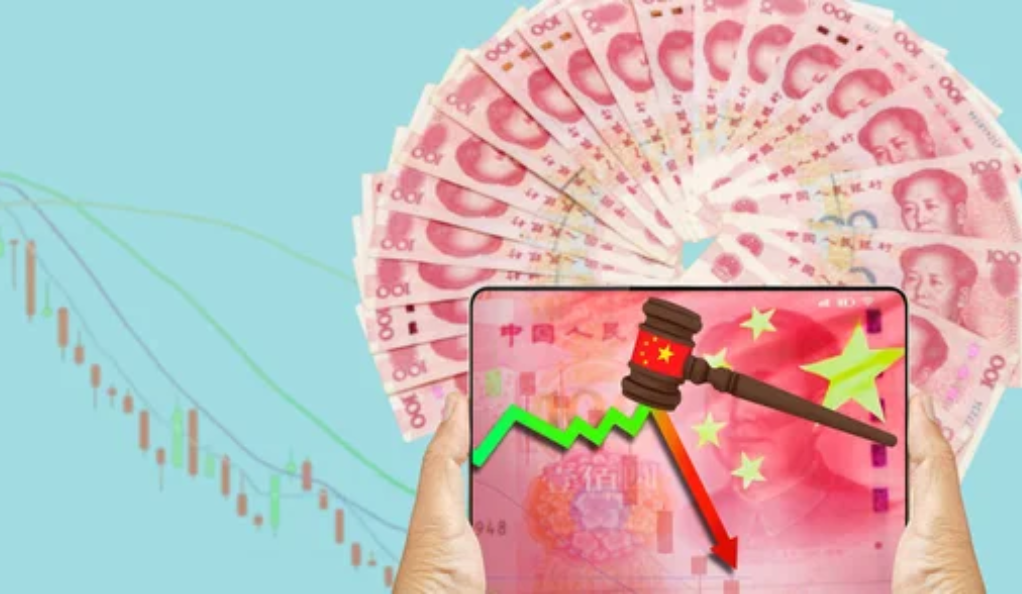In recent years, China has ramped up its efforts to crackdown on local government financing. This has been driven by a desire to tackle the country’s growing debt problem, which has been fueled by years of stimulus measures. The crackdown has seen a range of measures introduced, including tighter regulations on local government debt and efforts to rein in off-budget borrowing. This article will provide an overview of China’s crackdown on local government financing, before analyzing the implications and challenges that this presents.

An Analysis of the Implications and Challenges
While China’s crackdown on local government financing is designed to tackle the country’s growing debt problem, it has a range of implications and challenges. One of the main implications is that it is likely to slow down economic growth in the short term. This is because local governments have been a key driver of China’s stimulus measures in recent years, and without this funding, it is likely that growth will slow. However, in the long term, the crackdown is likely to lead to a more sustainable and stable economy.
Another challenge that China’s crackdown on local government financing presents is the need to find alternative sources of funding. With local governments no longer able to borrow as freely as they once did, there will be a need to find other sources of funding to keep infrastructure projects and other initiatives going. This is likely to lead to a greater role for private sector investment and other sources of funding, which could be a positive development in the long term.
Finally, China’s crackdown on local government financing also presents a challenge in terms of managing the country’s debt burden. While the crackdown is designed to tackle the debt problem, there is a risk that it could exacerbate it in the short term. This is because local governments may be forced to turn to less regulated sources of funding, such as shadow banking, to meet their financing needs. This could lead to an increase in risky lending practices and a further build-up of debt.
In conclusion, China’s crackdown on local government financing is a necessary step to tackle the country’s growing debt problem. While it presents a range of challenges and implications in the short term, in the long term it is likely to lead to a more sustainable and stable economy. However, managing the transition to this new model of financing will require careful management and a focus on finding alternative sources of funding. With the right approach, China can successfully tackle its debt problem and build a more sustainable economic future.
Fintech-Insight is dedicated to delivering unbiased and dependable insights into cryptocurrency, finance, trading, and stocks. However, we must clarify that we don't offer financial advice, and we strongly recommend users to perform their own research and due diligence.
